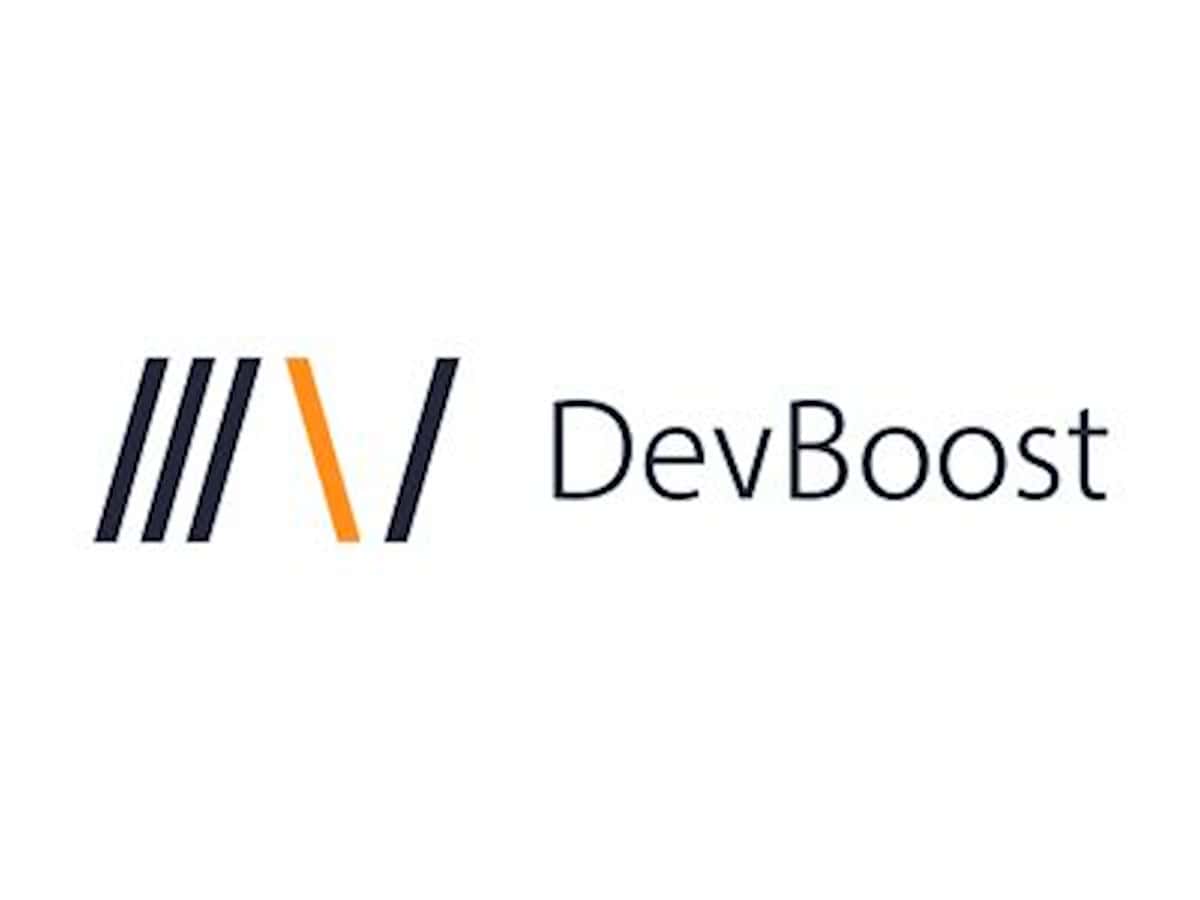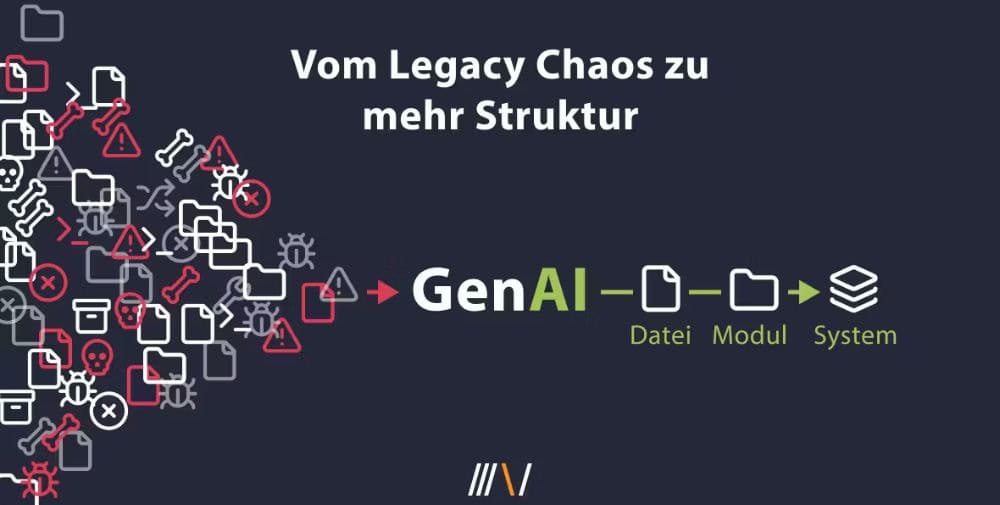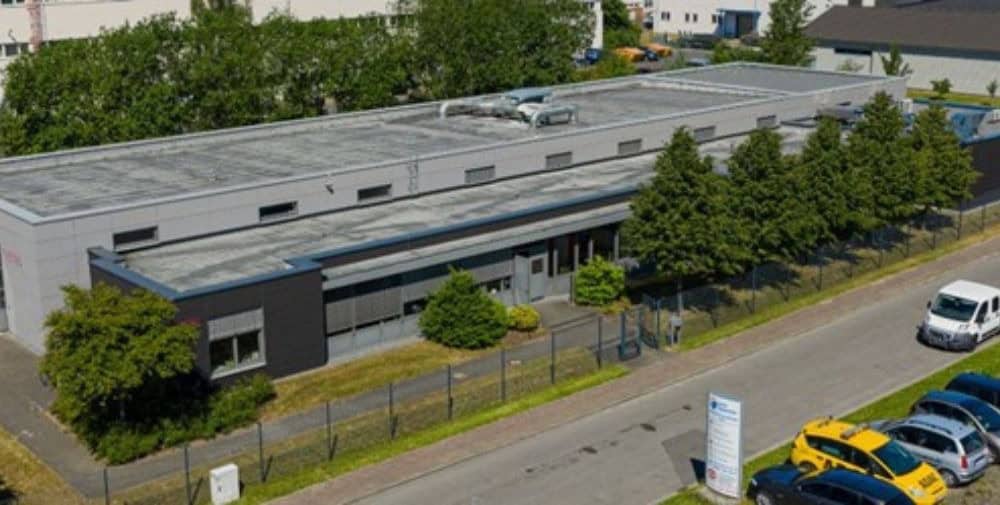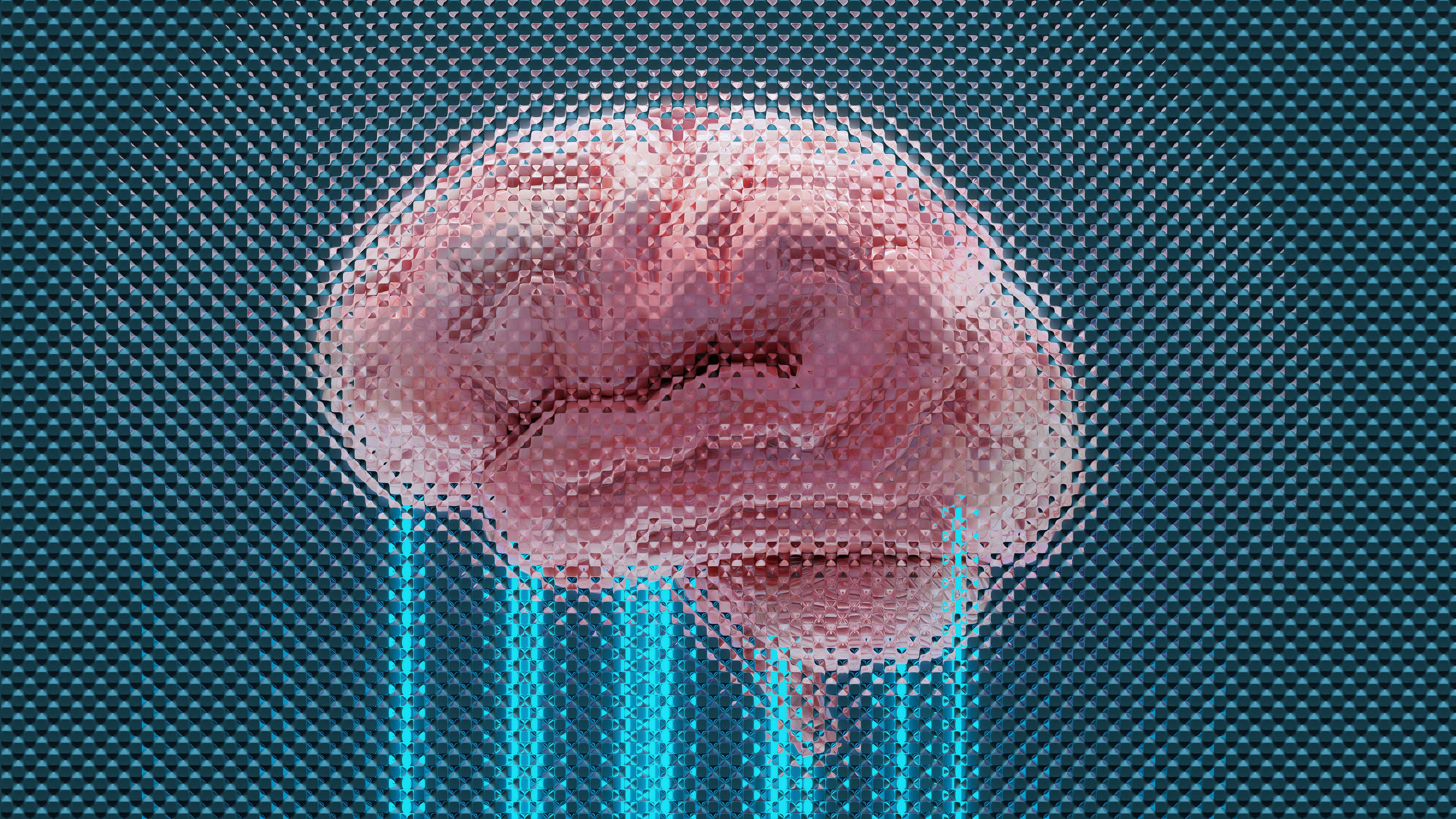
GenAI in Software Engineering: How Tech Leads use AI sensibly in complex systems
Generative AI makes it possible to significantly increase the efficiency and quality of software development. When dealing with complex legacy systems in particular, modern AI-supported tools offer valuable support: They help to analyse existing structures, optimize code and automate recurring tasks.
Practical insights as well as an overview of specific tools illustrate how GenAI can be used sensibly in everyday development. Modern technology plays a central role when it comes to smoothly integrating GenAI solutions into existing, often multi-layered systems and ensuring sustainable added value.
Why I talk about GenAI in legacy systems
When I spoke about the use of generative AI in software engineering at the Silicon Saxony event in Görlitz, one thing was particularly important to me: not to present theory, but to convey real application. Many tech leads today are faced with the challenge of integrating generative AI into their existing systems – without having to develop everything from scratch.
For this reason, I did not talk about hypothetical use cases, but showed how GenAI can already provide concrete support today. The focus was on approaches with which GenAI can be strategically integrated into existing systems, for example in bug analysis, in understanding complex code bases or for more productive work in legacy projects.
Where GenAI is already unleashing productivity today
The presentation, which I gave together with Maximilian Reichel from ZEISS Digital Innovation, was about the realistic opportunities, but also the clear limits of generative AI. Using concrete examples, we showed:
- Less time for routine, more for architecture: tools such as GitHub Copilot relieve developers of standard tasks and thus increase productivity in software development.
- Bug detection with context: AI can help to analyze bugs much faster – provided it is provided with the right information.
- Effective even in legacy projects: With a well-thought-out strategy, even huge and confusing code bases can be evaluated efficiently with GenAI.
All of this is no longer a dream of the future, but already an integral part of my everyday work. GenAI is increasingly influencing and optimizing processes in software engineering.
A typical use case: bug analysis in millions of lines of code
A practical example: in a customer project in which we worked closely with the client, a bug was reported in a code base of over two million lines. Manual analysis would have been extremely time-consuming, error-prone and difficult to scale. The question therefore arose: How can the error be localized using a Large Language Model (LLM), even though the model can never capture the entire codebase at once?
Our answer: Hierarchical context strategy
To solve this challenge, we at DevBoost developed our own tool. It does not require elaborate fine-tuning or complex prompt engineering. The key lies in a structured reduction of the context.
File level
First, each individual file is analyzed and relevant code components – such as function signatures – are extracted. With the help of an LLM, a short, comprehensible description of the functionality in the respective file is then created. This saves tokens and improves the search for the LLM.
Module level
In the next step, the file descriptions are bundled at module level. This creates a multi-level representation of the entire code base: from the file to the module to the overall system. File → Module → System.
Task reference
For a specific task, LLM specifically checks which modules and files are actually relevant. Only these are then loaded completely into the context.
The result: Instead of focusing on completeness, the focus is on relevance, which produces reliably precise results.
Why classic tools often reach their limits
Developers often resort to tools such as Cline, aider or vector search for such tasks. However, these approaches quickly reach their limits in very large repositories. There are many reasons for this:
- The link between the bug description and the file actually affected is often weak.
- The code base is too extensive for comprehensive analysis using conventional tools.
- The context window of current LLMs is simply not sufficient to capture all relevant information at the same time.
This is precisely why a strategy is needed that works with the structure of the code and not against it.
What surprised me: How robust simple strategies can be
What I myself find particularly exciting is that neither perfect prompts nor elaborate fine-tuning or hours of preparation are necessary for the productive use of GenAI (generative AI). Even simple, consistent summaries and a clear context strategy lead to surprisingly good results.
- Efficiency is achieved through targeted narrowing, not through the greatest possible depth of detail.
- Good results can often be achieved without manual readjustment.
- The biggest lever lies in the question: What does the model really need to be able to help?
The most important experiences show that sustainable and scalable approaches for the use of GenAI in software engineering are actually possible. This pragmatic approach often proves to be more effective in practice than any sophisticated technical gimmick.
Also works in external repositories
The context strategy described for GenAI in software engineering has proven itself in many companies, even where no one in the team knows the software project in question – for example in external GitHub repositories without documentation and with an unclear structure. The challenge of efficiently analyzing outdated or third-party code bases is particularly great in the field of software development.
It is important to note that different stakeholders in companies have different expectations of artificial intelligence and the introduction of AI tools such as generative AI or ChatGPT. In order to create acceptance in software engineering teams, these topics must be communicated transparently and trust in the language models used must be established.
Even in projects that seem unmanageable at first glance, for example if documentation is missing or complex structures exist, a large language model with the right context strategy can deliver surprisingly precise results.
The model recognizes the causes of errors, explains how individual modules work and shows what effects certain changes to the system could have. In software engineering in particular, it becomes clear how effectively generative AI and modern AI tools can be used for these analysis tasks.
It is precisely this capability that makes GenAI not only a tool for analysis in software development. Generative AI also supports the onboarding of new developers and the structured transfer of knowledge within the team. This turns a technical solution into a sustainable productivity factor in the day-to-day work of many companies and in demanding software engineering projects.
Human-centricity and GenAI: Why people remain the focus
The introduction of generative AI in software development opens up completely new opportunities for companies and development teams to improve processes and sustainably increase productivity in software engineering. There is often great enthusiasm when dealing with AI tools, large language models such as ChatGPT and automated code generation, but one key insight remains:
Humans remain the decisive element of any successful transformation.
Even if artificial intelligence is increasingly taking over tasks in software development, it is still people who formulate requirements, make decisions and determine the direction. Requirements engineering therefore plays a crucial role. Only if the requirements are precisely defined can the potential of GenAI be used to sustainably increase efficiency and effectiveness in the development process.
Human-centricity means that the needs, knowledge and experience of software developers and software engineers are always at the forefront when integrating GenAI and AI tools into the development process. Successful software development depends on technological innovations always being combined with the human factor in a meaningful way.
Studies and analyses from various industries show that the best results in software engineering are achieved when human expertise and artificial intelligence work closely together. Generative AI is particularly well suited to repetitive tasks, such as writing boilerplate code or automatically updating documentation. Developers, on the other hand, retain control over complex decisions, software architecture and quality assurance.
The potential of this collaboration is particularly evident in the area of software quality. AI tools can identify sources of errors, make suggestions for optimization and provide targeted support for the development team’s work. This creates a combination of technological progress and human experience that ensures the long-term success of software projects.
It is only through understanding and evaluation by humans that an AI proposal becomes actual added value for the company. Control by experienced software engineers (human oversight) remains essential to ensure that the results meet the requirements and quality standards in the respective corporate environment.
Another key issue is the adaptation of AI tools to the specific challenges in software engineering. Companies are particularly successful when they actively involve their developers in the selection and further development of GenAI solutions.
In this way, tools are created that are not only technologically advanced, but also provide practical support for real processes and tasks in software development. The continuous involvement of experts and targeted training in the use of new technologies are important success factors for a long-term and sustainable transformation.
The integration of GenAI into the software development process is much more than a purely technological step. It marks a cultural change in which the interaction between humans and artificial intelligence is redesigned. Companies that focus on human-centricity create a working environment in which teams can play to their individual strengths and make targeted use of the potential of AI for their software engineering projects.
Even in the age of generative AI, humans remain the central factor when it comes to innovation, quality and sustainable success in software development.
My conclusion for Tech Leads
In order to successfully use GenAI in practice, no in-depth specialist knowledge of neural networks or complex prompt engineering is required. Instead, what is crucial is a clearly defined process in which GenAI is embedded in a meaningful way. The share of generative AI and AI tools in the software development market is continuously increasing and influencing the development of various software engineering segments worldwide.
In regions such as Europe, North America and the Asia-Pacific region, different dynamics and potentials are emerging when it comes to the use of artificial intelligence in software development. The integration of modern AI technologies and large language models is fundamentally changing the industry. This opens up new possibilities throughout the entire development process.
Today, there is an increased focus on language and natural language interfaces, as GenAI enables human-like communication and intelligent automation in the software development process. GenAI is taking on an increasingly central role in the entire software development lifecycle and is promoting innovation and efficiency gains in all phases.
This development is bringing about lasting changes for software developers. Working methods are being continuously developed and raised to a new level through automation, new tools and close collaboration with AI systems.
Practical tips for the successful use of GenAI
Structure the context
A clear, comprehensible order in the code makes it easier for artificial intelligence to process relevant information efficiently. This makes the analysis by GenAI more accurate and helpful.
Focus on relevance, not completeness
It is not necessary to analyze every detail. The key is to focus on the really relevant areas in software development. In this way, large amounts of data can be used in a targeted and meaningful way.
Use GenAI specifically to relieve your teams
Generative AI particularly shows its strengths in recurring, time-consuming tasks. It automates time-consuming processes and thus creates space for creativity and strategic tasks.
This approach provides a real productivity boost, especially in mature, complex systems. And it does so without having to fundamentally change existing architectures.
Curious? More about GenAI
For all those who want to understand GenAI in software development even better or work on their own use cases, we offer practical formats to make it easier to get started. The AI Bootcamp, for example, is aimed at tech leads from product development who are looking for practical insights and exchange at eye level.
The focus is on real use cases, discussions on challenges from everyday development work and individual deep-dive sessions in which specific questions are addressed. The program is flexible and can also be implemented as an in-house workshop.
Our AI Bootcamp at a glance:
- 1 day workshop with practical relevance and real use cases
- + individual deep-dive session, tailored to your context
- Also bookable as an in-house variant
Many thanks to Silicon Saxony for the great stage, to all speakers for their impulses and to the community for the exchange. I look forward to further discussions and to many new, productive GenAI use cases in software development.
– – – – – –
Further links
👉 https://devboost.com
👉 More info on the AI Bootcamp and waiting list
Graphic: DevBoost




